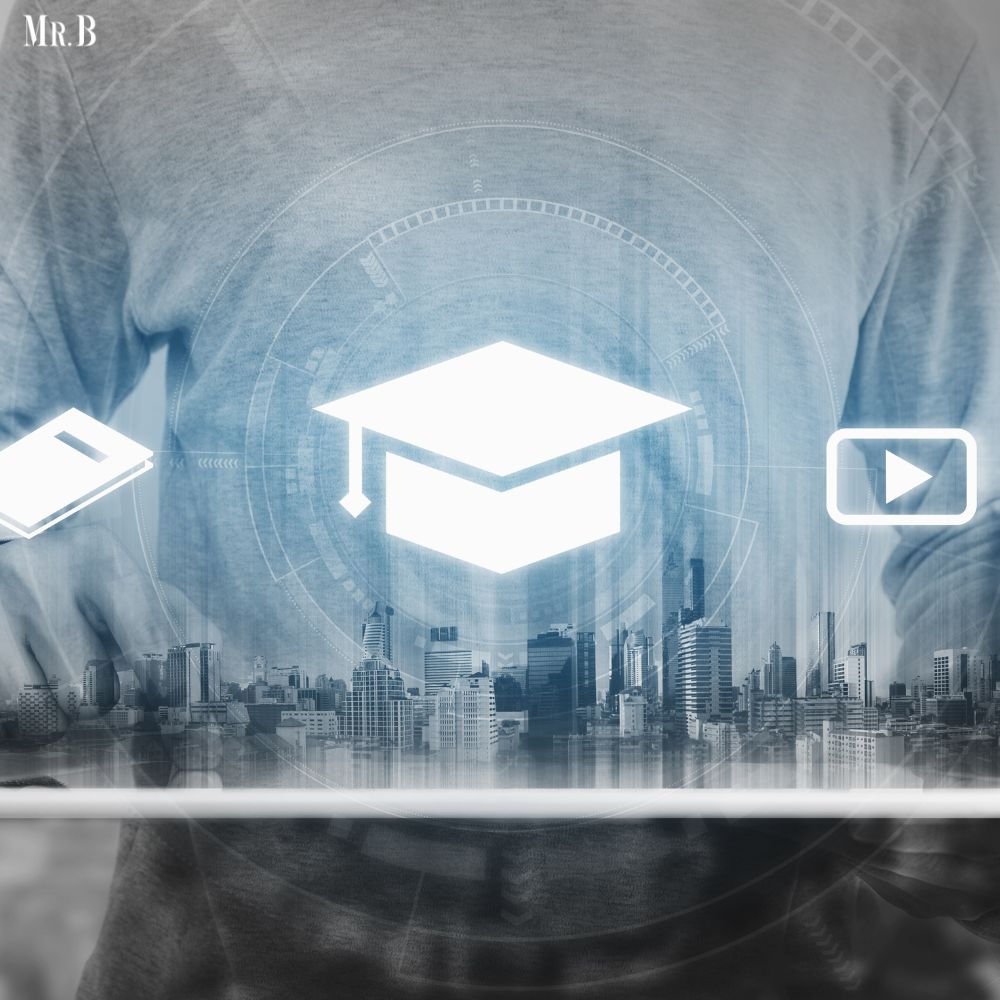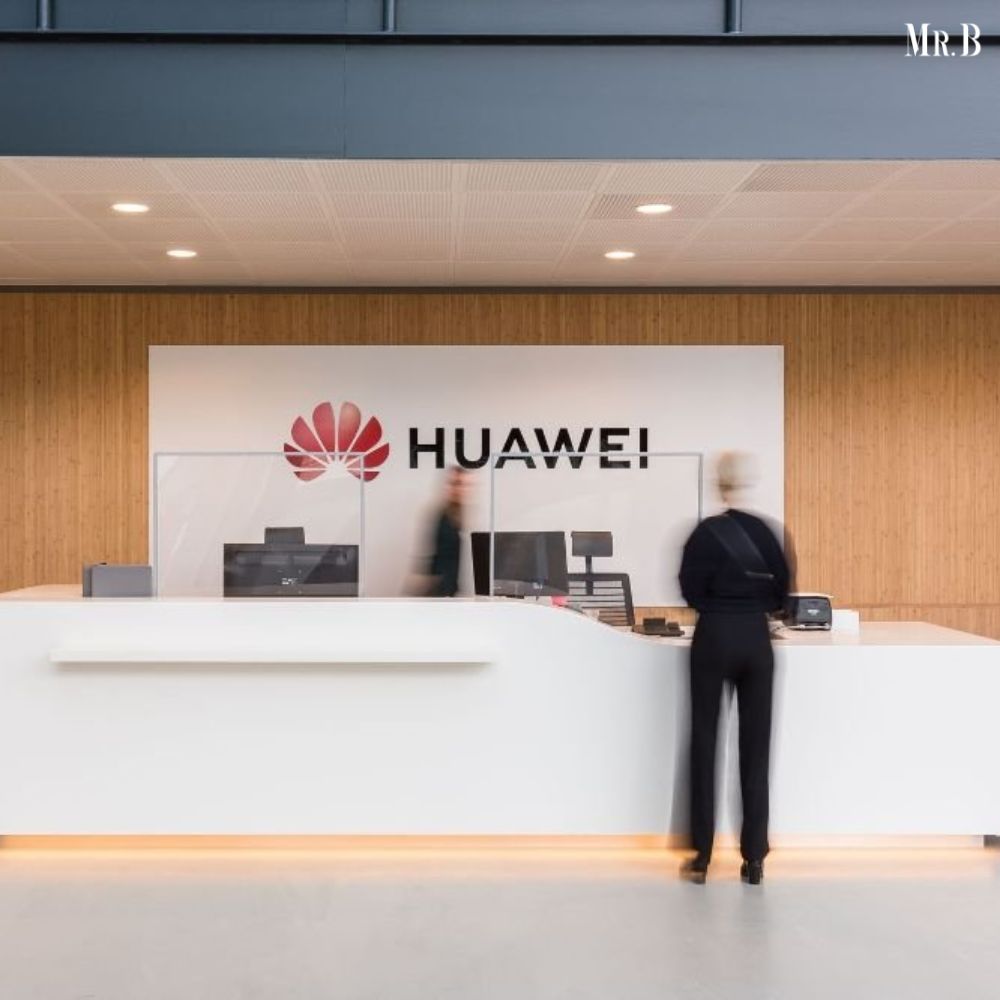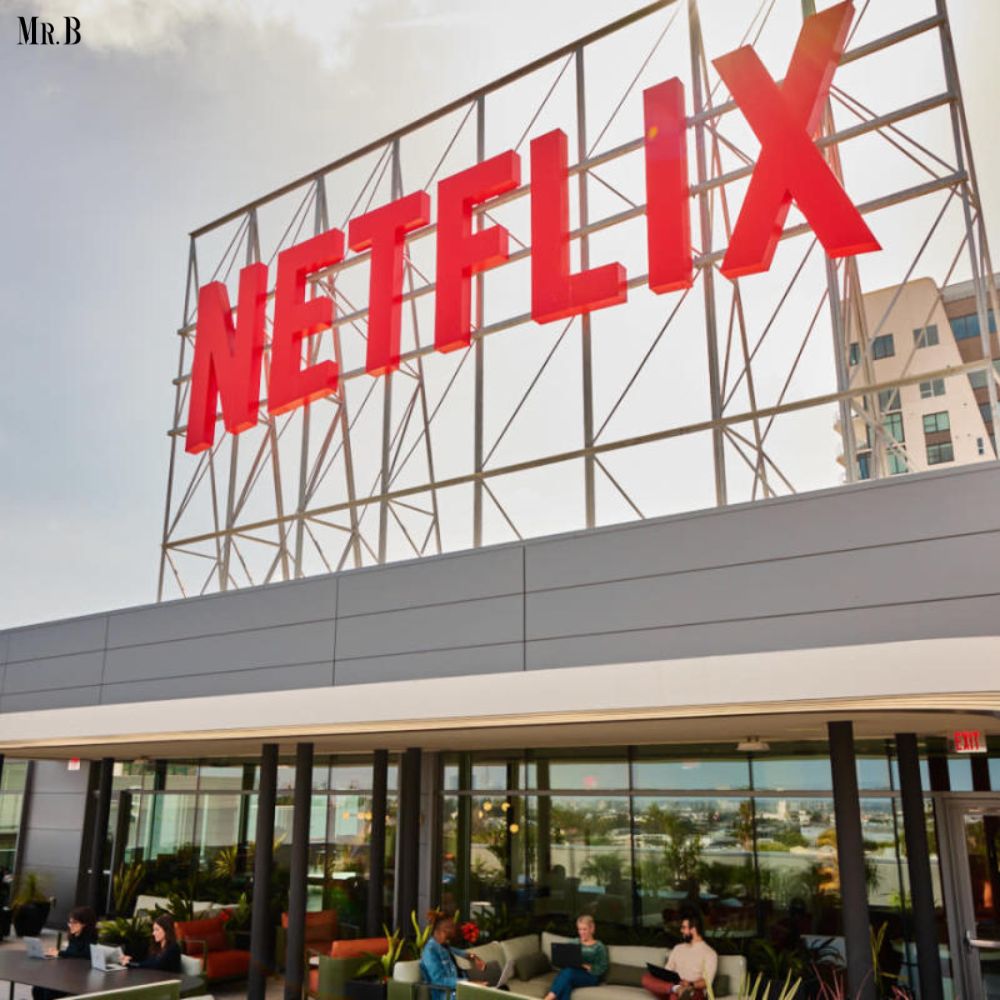NCAA’s Focus on Athlete Employment Status in Senate Hearing
- Category: News

In a Senate hearing on Tuesday, NCAA President Charlie Baker steered the discussion surrounding the needs of college sports toward the potential classification of athletes as employees of their respective institutions. This shift marked a departure from the focus on federal legislation concerning their compensation for their athletic stardom.
Testifying before the Judiciary Committee, Baker was joined by witnesses such as Big Ten Commissioner Tony Petitti, Notre Dame Athletic Director Jack Swarbrick, former Florida gymnast Trinity Thomas, Walker Jones, who oversees a booster-funded collective supporting University of Mississippi athletes, Saint Joseph’s Athletic Director Jill Bodensteiner, and Ramogi Huma, a longtime advocate for college athletes. In his opening statement, Baker acknowledged that college sports are long overdue for change.
However, Baker expressed pride in recent NCAA reforms, including enhanced long-term health insurance, degree completion funds spanning up to a decade, and scholarship protections for athletes. He also disclosed the NCAA’s ongoing efforts to establish its own regulations for compensation deals related to name, image, and likeness (NIL) for athletes.
The NCAA, alongside its former president, Mark Emmert, and other college sports leaders, has been lobbying Congress for assistance in creating a federal law to govern NIL compensation since the NCAA lifted its ban on such payments to athletes in 2021. Despite various bills, including bipartisan proposals in recent months, the situation remains gridlocked.
Senator Lindsey Graham (R-S.C.) noted the chaos in college football, stemming from transfer portal activity and NIL deals, citing Utah’s offer of new trucks to its entire team.
NCAA’s Revenue Through Sports:
Simultaneously, legal challenges to the collegiate model have surfaced, including an antitrust case that could compel schools and conferences within the highest tiers of the NCAA to share billions in media rights revenue with football and basketball players, akin to professional sports.
The NCAA, representing over 1,100 schools and hundreds of thousands of athletes, seeks to protect its programs from potential one-size-fits-all court actions while providing increased benefits to athletes. Baker asserted that codifying current regulatory guidance into law by granting student-athletes special status that reaffirms they are not employees could achieve this balance.
Baker emphasized that athlete representatives from all three NCAA divisions have expressed their reluctance to be classified as employees by their schools. He cautioned that, without congressional intervention, Division II and III institutions might consider discontinuing their athletic programs. Huma, a prominent advocate for enhanced benefits and protections for college athletes, acknowledged that employment status should primarily be considered for major college football and basketball players.
The NCAA’s annual revenue, which exceeded $1 billion last year, is largely derived from the NCAA men’s Division I basketball tournament, and Power 5 conferences hold multibillion-dollar television contracts, with football contributing significantly to their value. Huma expressed concern that discussions about employee status might shut the door on fairly compensating athletes.
Petitti, who assumed the role of Big Ten commissioner earlier this year following an extensive career in television and Major League Baseball, indicated that his schools are open to providing increased benefits directly to athletes. The Big Ten secured media rights agreements last year, totaling over $7 billion in revenue over the next seven years.







